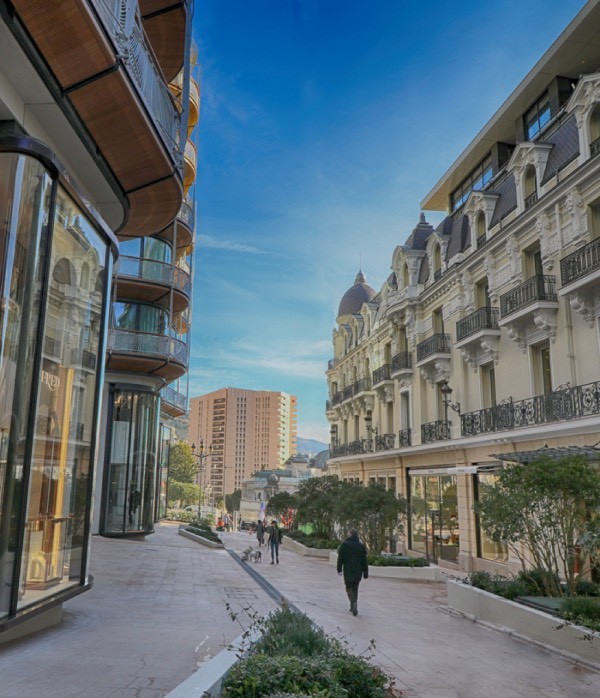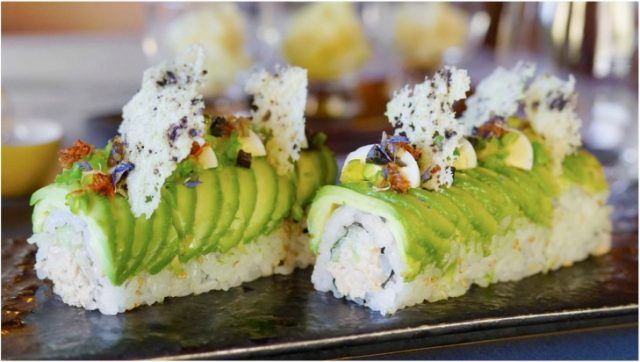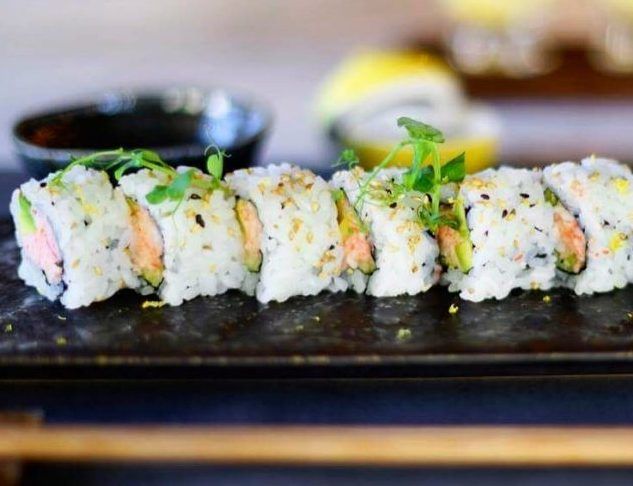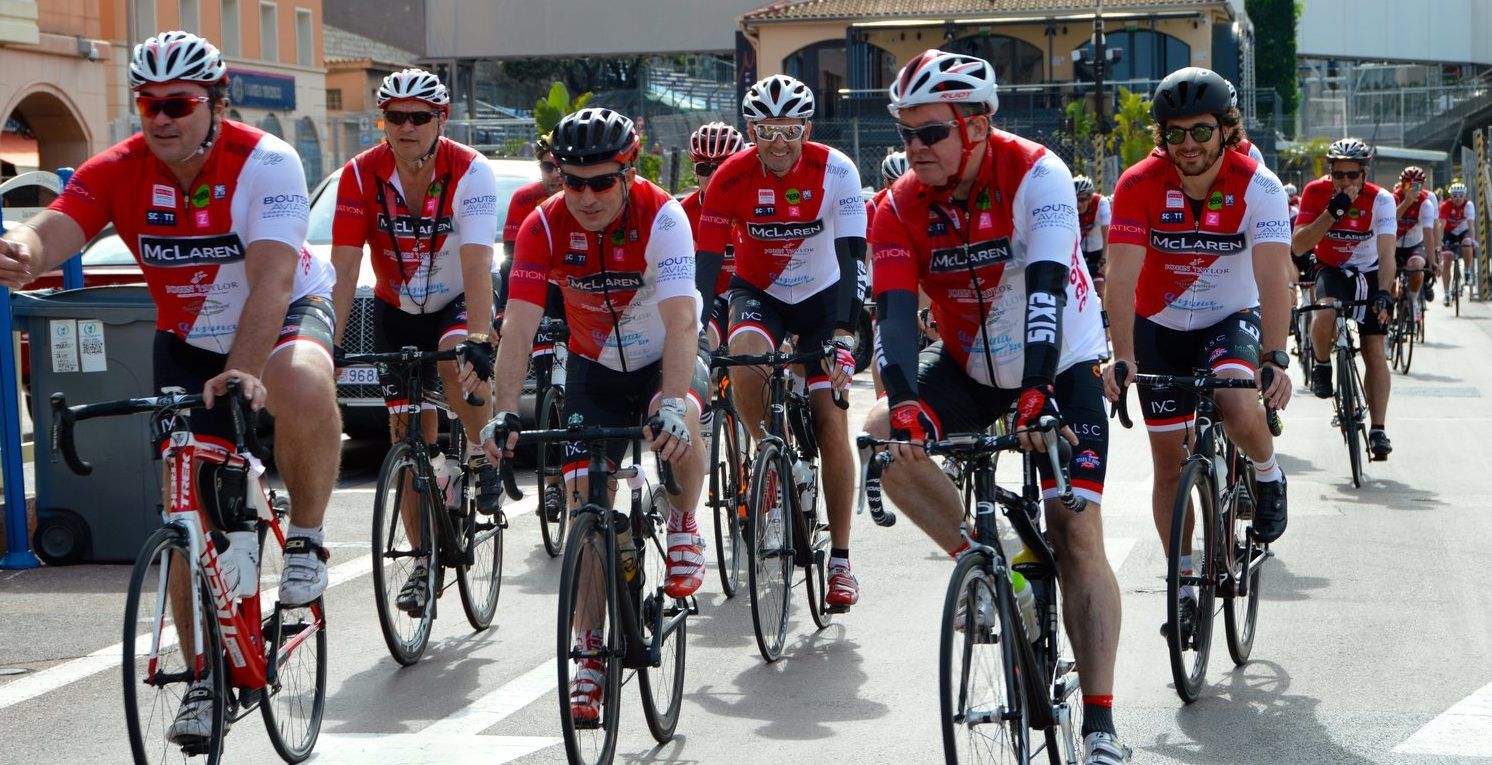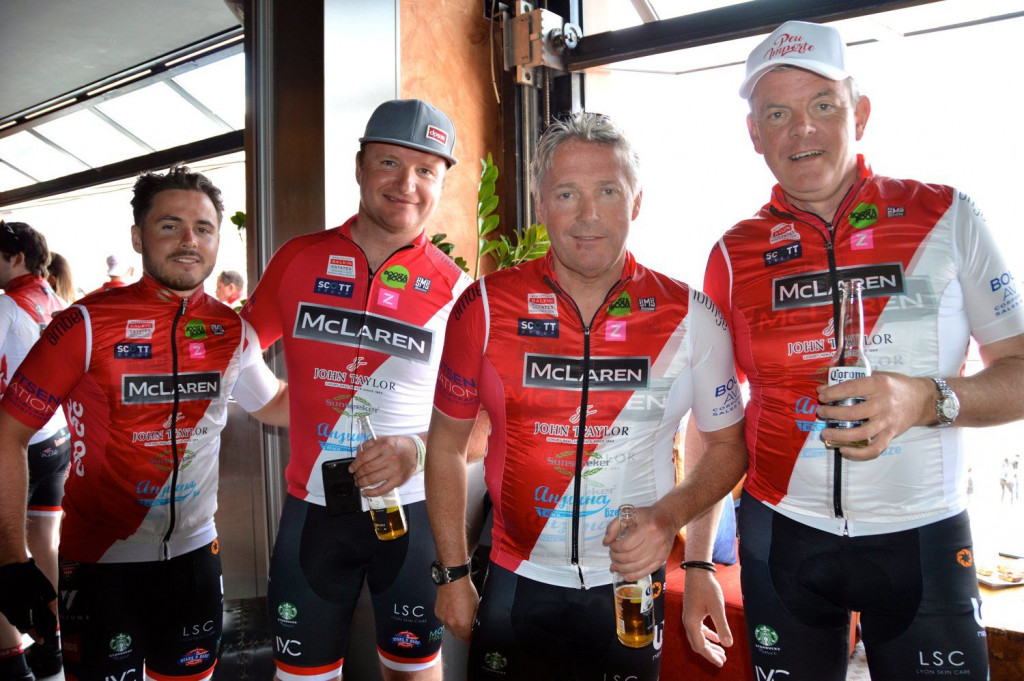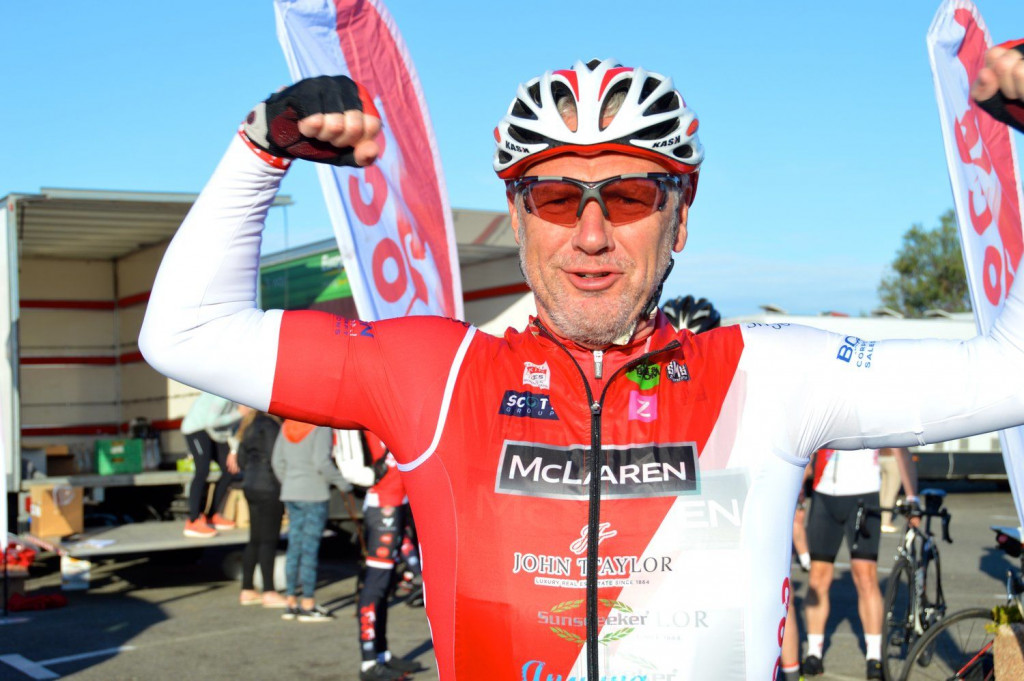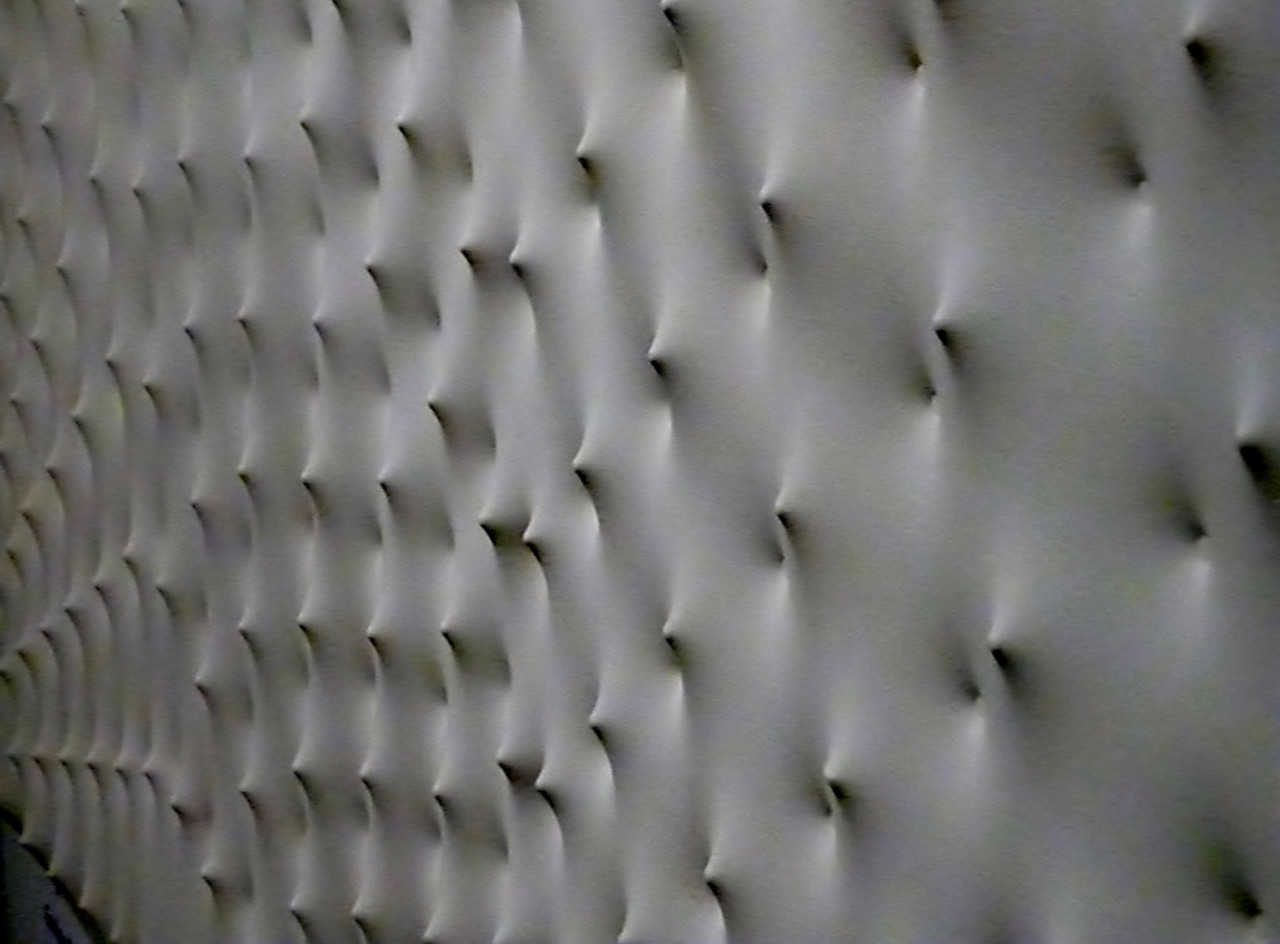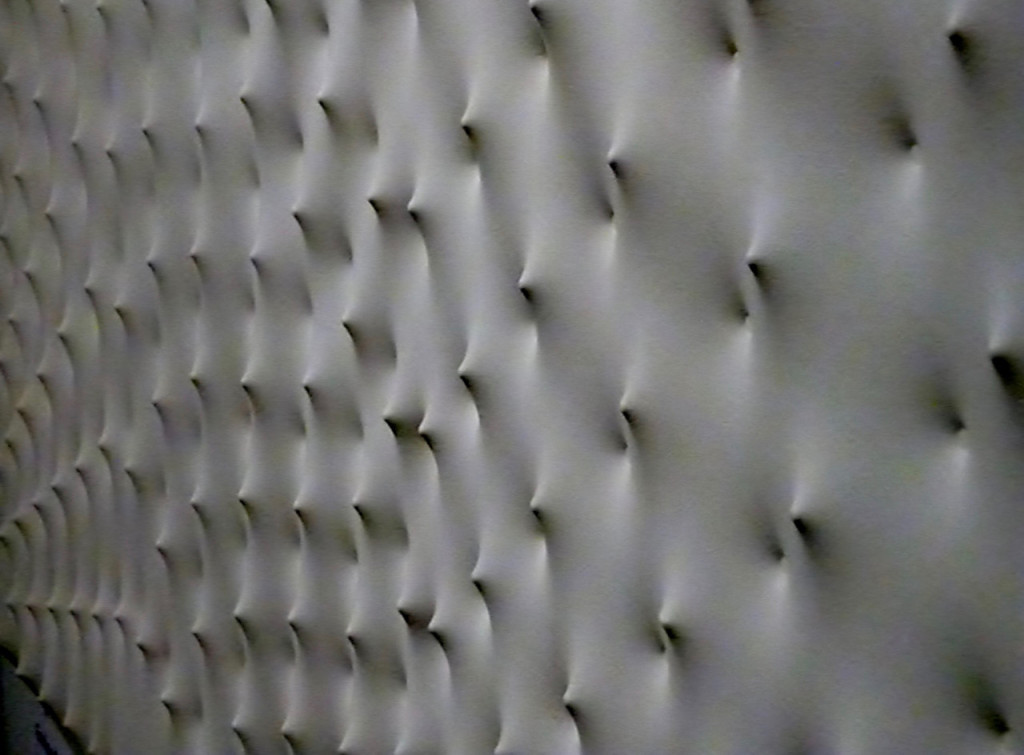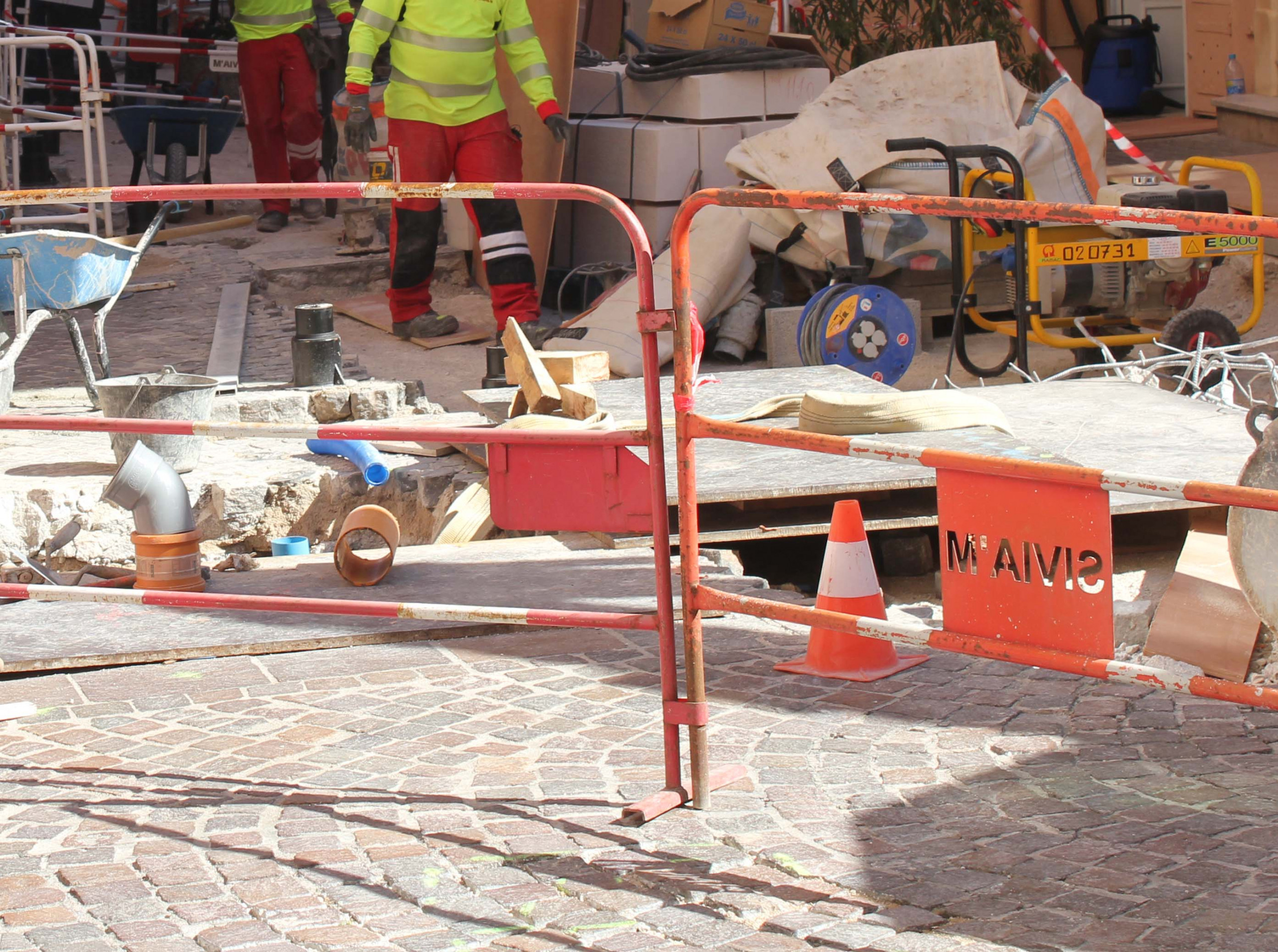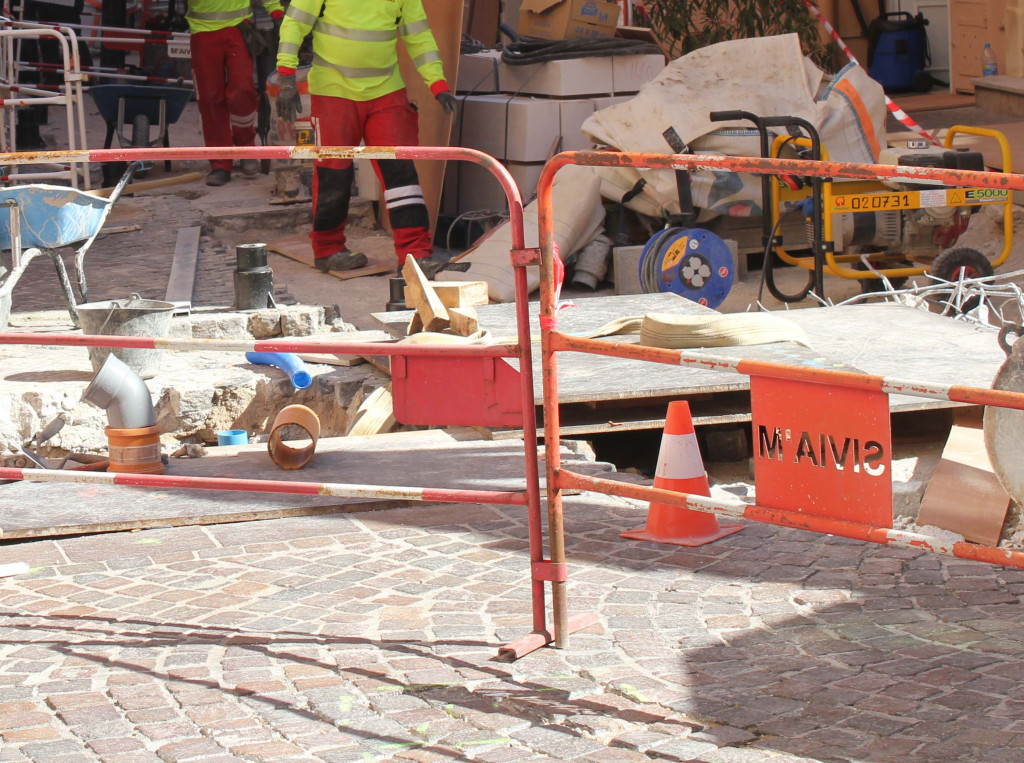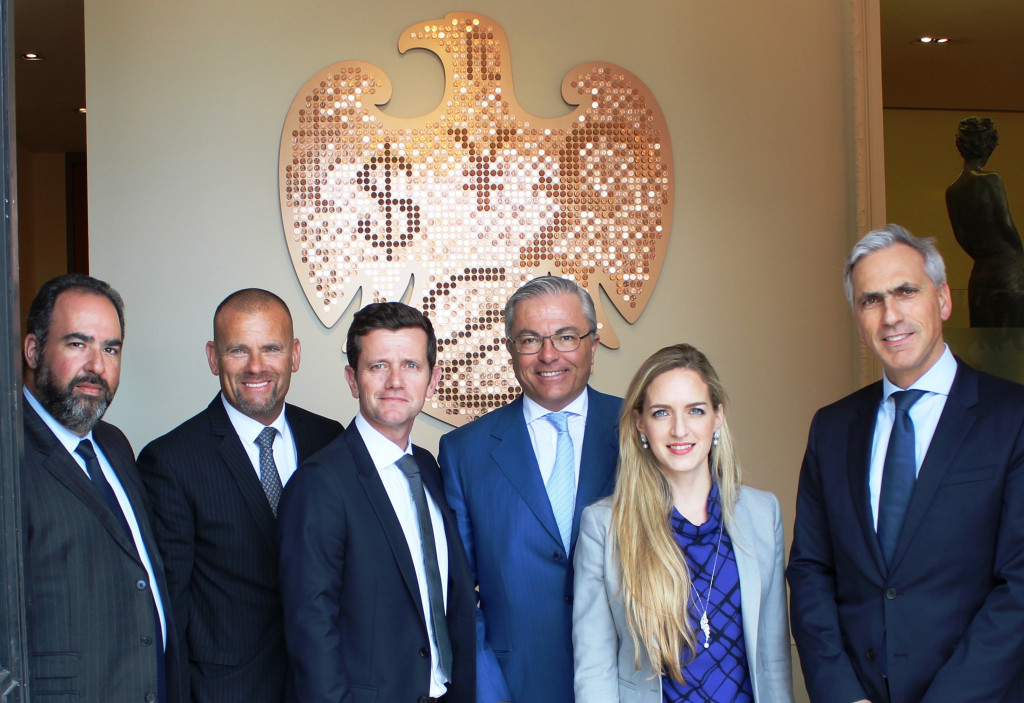
Barclays Private Bank has announced several appointments, which authenticate the opportunities it sees for growth in Monaco and Switzerland, as well as demonstrating its strong team with a depth of talent.
Gerald Mathieu will move from Monaco to Switzerland to take the role of Chief Executive Officer and General Manager of Barclays Bank (Suisse). As a result, Andrew Mott and Sophie Saurini have been appointed to lead client and market engagement in Monaco, supported by the sales management team.
Ms Saurini joined Barclays in 2011 and has been leading a team of Private Bankers in Monaco focused on UHNW clients.
Mr Mott has been with Barclays for 35 years and has been leading the Monaco UK team of Private Bankers for the past seven years.
Jean Daniel Troy will continue in his role as Deputy General Manager for Monaco and Kamran Djavadi, in his role as EMEA Head of Business Delivery and Control, will carry on working closely with Francesco Grosoli, CEO, Private Bank EMEA & Monaco Branch, and the leadership team to deliver Barclays ambitions across EMEA and the whole Private Banking and Overseas Services business.
Mr Grosoli told Monaco Life, “With Gerald in Switzerland, Andrew and Sophie in Monaco and Steve Klemme, who recently joined as Head of Middle East, we have a strong and experienced EMEA leadership team in place for Private Bank and Overseas Services to support the delivery of tailored and relevant solutions for our clients.
“We’ve got a strong mandate for growth and Monaco plays a significant role in delivering this ambition.”
Barclays has been reinvesting in the Private Bank and Overseas Services business over the last 12 months, with over 100 hires, furthering the bank’s commitment to EMEA, Switzerland, Monaco and MENA.
The recent appointments emphasise the bank’s focus on enabling colleagues to reach their full potential through development and mobility opportunities.
Barclays long-term vision continues to be about making decisions and doing business that positively impacts clients, customers and shareholders, as well as the communities in which they operate.
As an example, the Monaco branch celebrated International Women’s Day on March 8 with a highly successful in-house event featuring local businesses. Guest speakers included award-winning Sommelier Julia Scavo, health and nutrition coach Madeleine Karlsson and Kasey Robinson from the association She Can He Can, which aims to inspire girls to take leadership roles.
The Princess Charlene of Monaco Foundation was also represented, as well as Bel Air Fine Art, HRH Jewels, Fragonard and Rossano Ferretti Hair Spa.
Article first published March 21, 2018.
